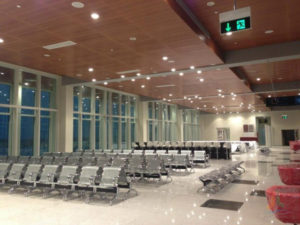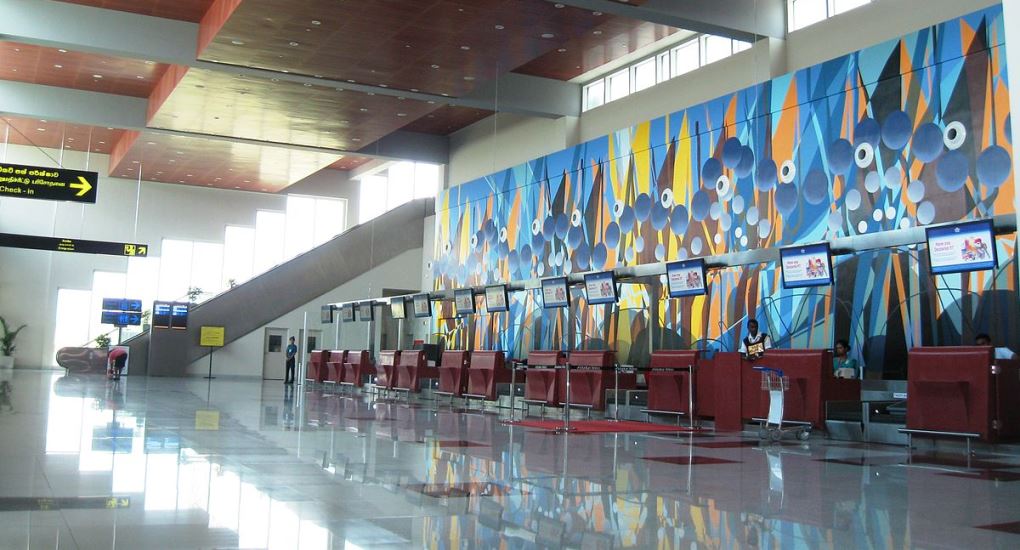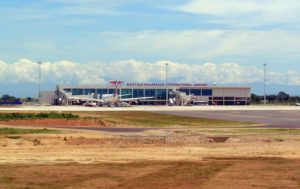If you’ve read the international best-seeling book, Confessions of an Economic Hit Man by John Perkins, or its sequel, The New Confessions of an Economic Hit Man, you understand the most common method used by developed nations to gain political, economic, natural resource and/or military control over lesser-developed nations (especially the U.S.) over the past half-century. (Note: both books were published by Berrett-Koehler, the same firm that published The Restoration Economy.)
That strategy consists of lending them (usually through multilateral development banks) huge sums of money to build new (often-unnecessary) infrastructure. They then bail them out when they can’t pay the debt: usually with onerous conditions for the bail-out. Much of this new infrastructure, such as dams and highways in areas of ecological importance (often the traditional lands of indigenous peoples), is highly destructive to these country’s long-term economic, social and environmental welfare.
On December 26, 2004, a horrendous tsunami swept through coastal areas in the east and south of Sri Lanka, including Hambantota, an unremarkable district with a population of 660,000.

Empty waiting area at Mattala Rajapaksa International Airport. Photo by Amila Tennakoon via Wikipedia.
Normally, it might take decades for an insignificant section of a lesser-developed country like this to recover, but Hambantota’s infrastructure was rebuilt with astonishing speed. In fact, it was drastically expanded and enhanced, with slick-looking, highly modernized commercial and transport facilities that had never existed in pre-tsunami Hambantota.
Today, a multi-lane highway connects the district to Sri Lanka’s capital, Colombo, in the island’s west. A major commercial port, the second in the country, opened in 2010, while the nearby Mattala Rajapaksa International Airport, also the country’s second, began operating in 2013. There is an international cricket stadium, a convention center, botanical gardens, and a new administration hub. In mostly rural Sri Lanka, Hambantota’s public facilities are rare flashes of state-of-the-art, top-of-the-line urban development.
But Hambatota’s breakneck buildout is an example of a high-risk model of urbanization and catastrophe reconstruction being executed in developing countries, with sometimes disastrous consequences. The model is an outgrowth of China’s One Belt One Road initiative, a trillion-dollar plan to build cities and infrastructure — from highways to airports to hospitals — in countries around the world.
In some cases, these China-exported construction booms are welcome, helping poorer nations acquire infrastructure that they could probably never afford to build on their own. But there have also been cases in which China’s enthusiasm to build, enabled by unscrupulous governments, has led to massive development that is not in the best interests of the country receiving it.
In 2017, the Sri Lankan government was forced to come up with a way to pull itself out of spiraling debt brought on by its foreign-built megaprojects. Economically, Sri Lanka is growing, but it has also been sinking deeper into debt and must repay a record $12.6 billion this year, in part because Hambantota’s gigantic port has been sitting virtually unused, as has the international airport down the road. Both were built with Chinese money.
To settle some of this debt, Sri Lanka ultimately signed over control of the port to China, which had financed the $1.5 billion project with loans. This momentous deal means that Beijing now controls another strategically important international port.
Many observers claim that this was China’s intention all along. Borrower beware.
Featured photo by Anuradha Dullewe Wijeyeratne (via Wikipedia) shows lonely ticket agents awaiting customers at Mattala Rajapaksa International Airport.


